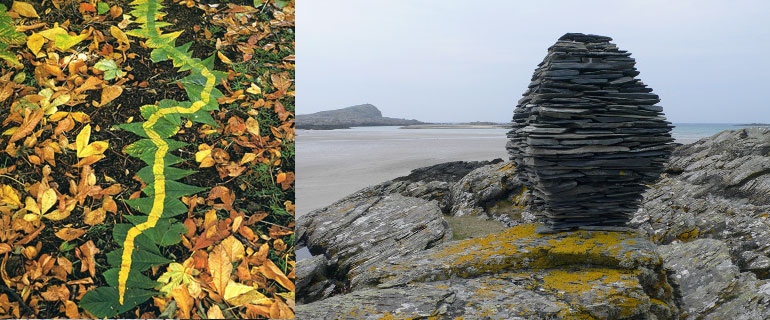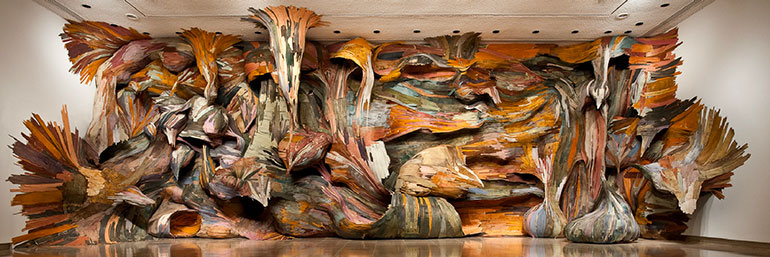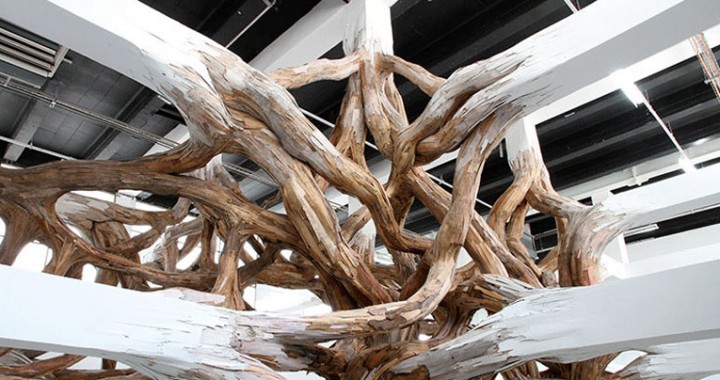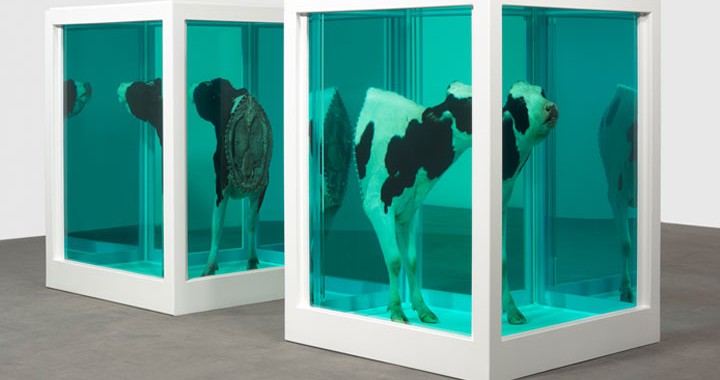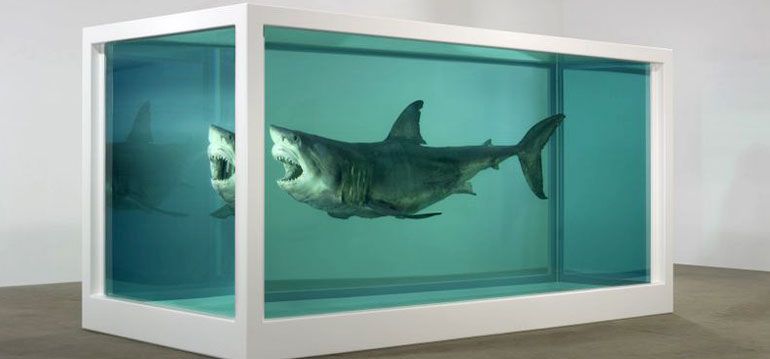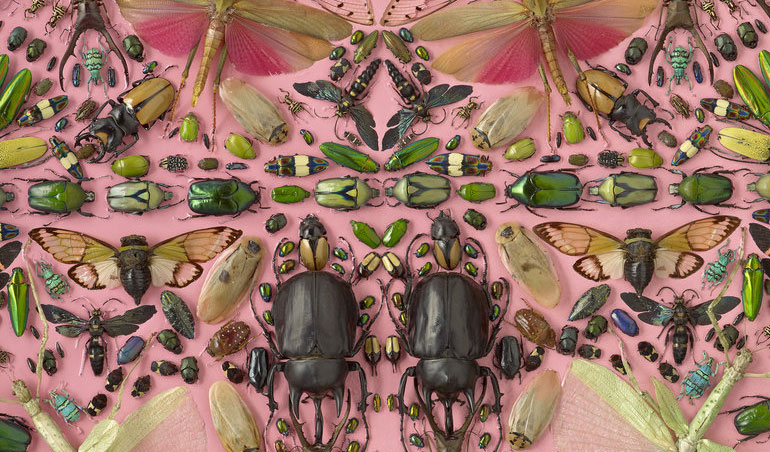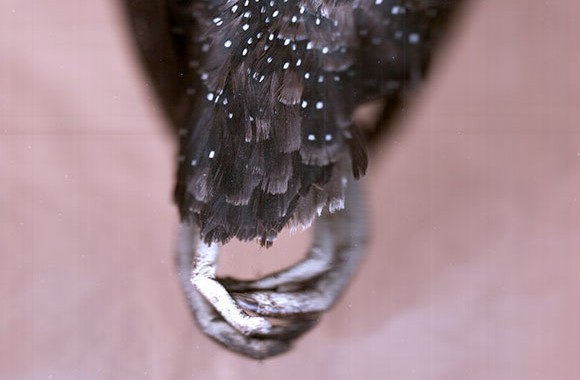Goldsworthy creates ephemeral sculptures using materials he finds outdoors — leaves, stones, twigs, wood, soil, snow, and ice transform into aesthetic forms. Many of his creations are dismantled by the elements; dispersed by the wind or disassembled by rising tides.
Goldsworthy documents his temporary creations with photographs. He states, “Each work grows, stays, decays – integral parts of a cycle which the photograph shows at its heights, marking the moment when the work is most alive….Process and decay are implicit.”
See Goldsworthy’s wikipedia entry.
The film Rivers and Tides documents Goldsworthy’s approach to creating natural sculptures.
